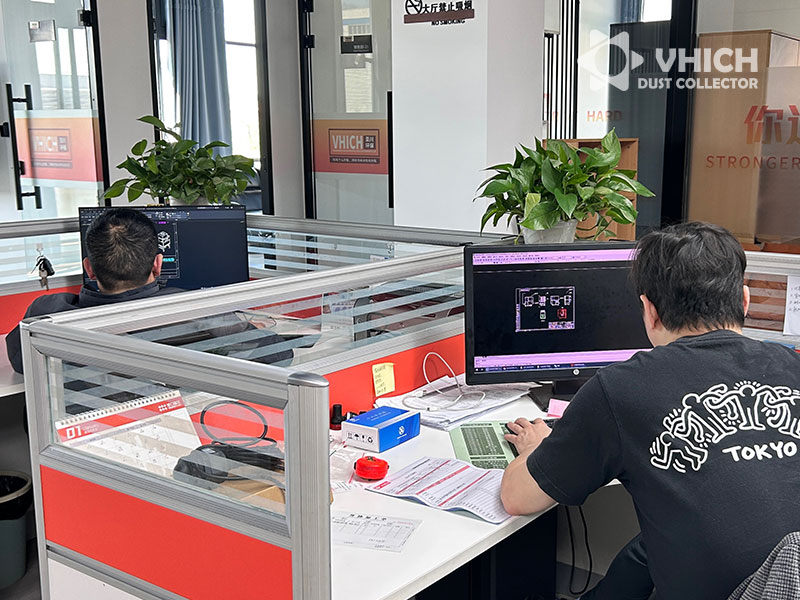In conclusion, investing in innovative dust collector design is essential for achieving optimal air quality, regulatory compliance, and operational efficiency in industrial facilities. At Shanghai Sanchuan, we leverage our expertise and experience to develop customized dust collector solutions tailored to your specific needs. Contact us today to learn more about how our dust collector design services can benefit your business.
Introduction:
In the realm of industrial operations, maintaining optimal air quality is paramount for both worker health and environmental sustainability. At [Your Company Name], we specialize in innovative dust collector design services aimed at tackling air pollution challenges in industrial settings. In this blog post, we'll delve into the importance of effective dust collector design and how it can significantly enhance industrial air quality.

Why Dust Collector Design Matters:
Dust collectors play a crucial role in capturing and removing airborne particles and pollutants generated during industrial processes. However, not all dust collector designs are created equal. A well-engineered dust collector design is essential for maximizing efficiency, minimizing energy consumption, and ensuring compliance with environmental regulations.
Key Components of Effective Dust Collector Design:
Filtration Technology:
Advanced filtration technologies, such as baghouse filters, cartridge filters, or electrostatic precipitators, are integral to effective dust collector design. Each technology has its advantages and is tailored to specific industrial applications.
Airflow Optimization:
Optimizing airflow patterns within the dust collector is critical for achieving maximum particle capture efficiency. Proper ductwork design, air velocity control, and inlet/outlet placement are factors that influence airflow dynamics.
Dust Collection Efficiency:
The design should focus on maximizing dust collection efficiency while minimizing pressure drop. This ensures that the dust collector operates at peak performance without compromising airflow or energy consumption.
Ease of Maintenance:
A well-designed dust collector should facilitate easy access for maintenance and filter replacement. Quick and hassle-free maintenance procedures minimize downtime and ensure continuous operation.
Scalability and Flexibility:
The design should be scalable to accommodate future expansion or changes in production processes. Additionally, flexibility in configuration allows for customization to suit specific industrial applications and space constraints.
Benefits of Innovative Dust Collector Design:
Improved Air Quality:
Effective dust collector design significantly reduces airborne dust and particulate matter, thereby enhancing indoor air quality and creating a safer working environment for employees.
Compliance with Regulations:
By adhering to stringent environmental regulations and emission standards, businesses can avoid fines and penalties while demonstrating a commitment to sustainability and corporate responsibility.
Energy Efficiency:
Optimal dust collector design minimizes energy consumption, resulting in cost savings and reduced environmental impact. Energy-efficient systems contribute to overall operational sustainability.
Enhanced Productivity:
Clean air environments foster productivity and morale among employees. Reduced dust levels also lead to less equipment downtime and maintenance, resulting in improved operational efficiency.
Contact: Tony wu
Phone: +86 13918891309
E-mail: info@vhich.com
Whatsapp:+86-13918891309
Add: Building A1, No.688 North Huan Cheng Road, Nanqiao Town, Fengxian District, Shanghai, China
We chat
